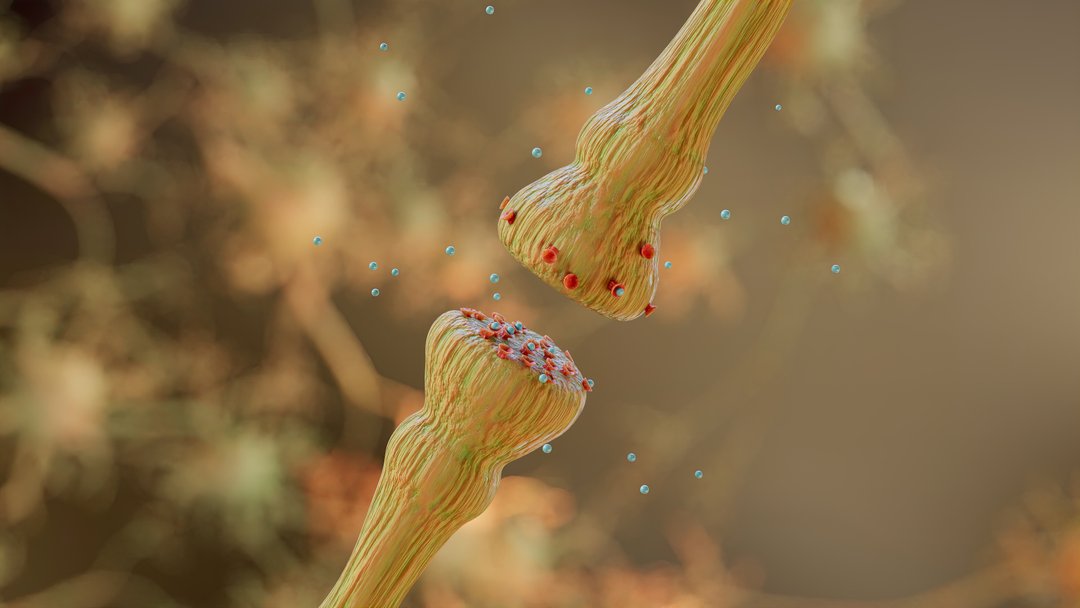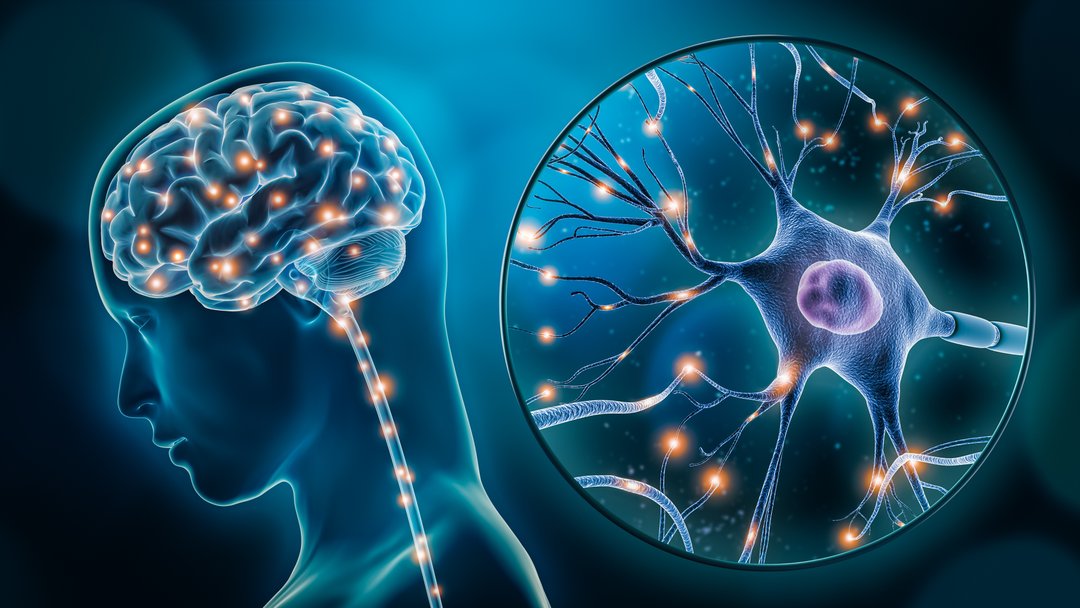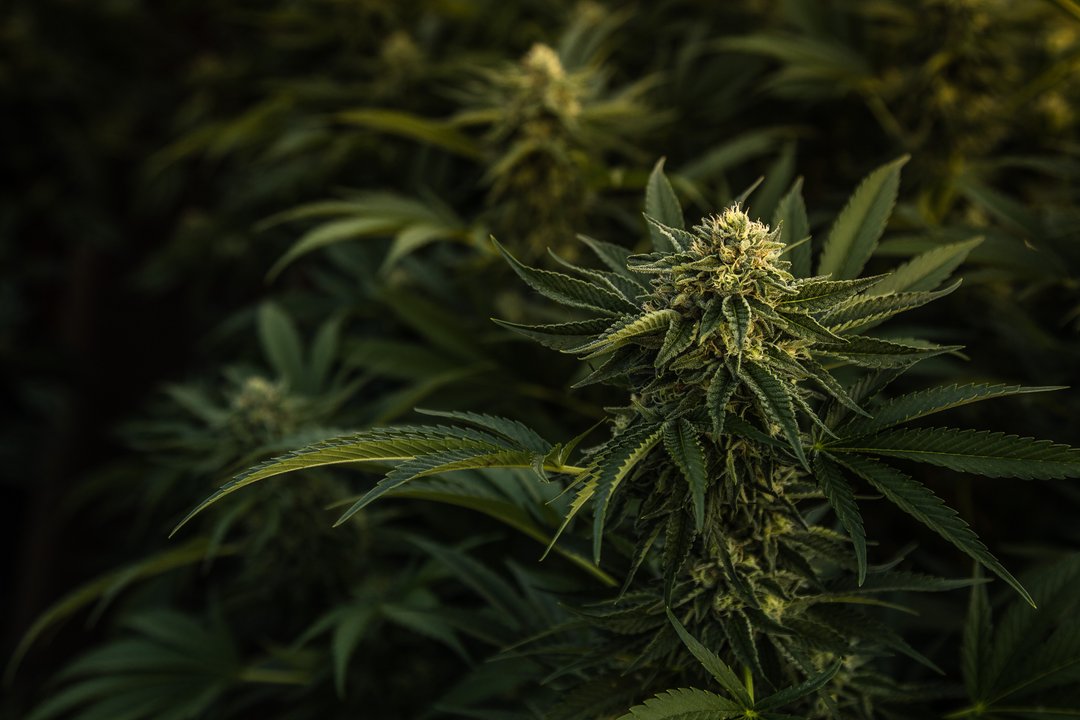The effects (or even "side effects") that cannabis compounds have on the ECS are multi-faceted and can vary depending on a variety of factors, including the unique makeup of someone's endocannabinoid system, the types of cannabinoids consumed, and method of consumption.
For instance, there are many anecdotes about people who have consumed a 5mg gummy and felt overwhelmed, while others experience moderate effects or barely feel it at all.
Then, there can be a variation of effects
based on the medium. For example, as an edible, the effects of THC will be more acute and longer lasting, whereas inhalation will result in milder effects with a shorter duration.
The types of cannabinoids consumed will also determine the overall effect on the ECS. For instance, CBD is viewed by many as having "passive effects," meaning it's not what you feel with CBD, but rather, what you don't feel with CBD.
Variations of THC will also determine how cannabis affects the ECS. Let's say we used 1mg Delta-9 THC as our baseline since that is the most prevalent form of the cannabinoid. Compared to Delta-9, THC-P will have a binding affinity to cannabinoid receptors with up to
33 times more activity (i.e., more potency). At the same time, Delta-8, on a milligram-to-milligram basis, will have a
weaker binding affinity than Delta-9.
In short, the ECS plays a role in many functions, such as mood, memory, learning, appetite, and temperature. When you consume cannabis, you are consuming plant compounds that directly affect this system. So, as an enthusiast, you can expect to experience effects pertaining to these functions, but remember that everyone's experience is a bit different.
Final Thoughts
That pretty much sums up the endocannabinoid system. The ECS is a system comprising endocannabinoids such as anandamide and 2-AG that act as chemical messengers linking to CB1 and CB2 receptors. Cannabis delivers its effects because cannabinoids can also bind or interact with these receptors. How cannabis interacts with this system can vary based on someone's individual ECS, the cannabinoids they consume, and how a person consumes cannabinoids.
Until next time, happy exploring and Mind Your Mind.




